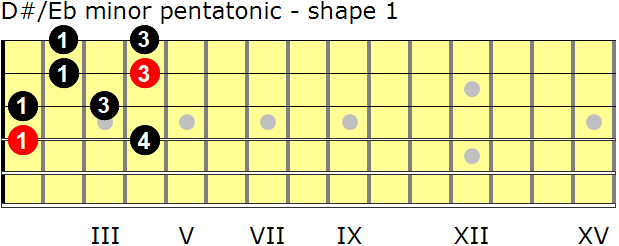

Note that this is all only true when you use "equal temperament" as opposed to other forms of tuning. So, again, we generally go with the simplest way to get the key we want. (C# major, same key as Db major, has seven sharps.) Except there are only seven notes! So we say C# minor instead, and it has four sharps. (Get it? Two flats is three more flats than one sharp.sort of.) And here: Db major has five flats, and Db minor has eight. Where it gets tricky is here: G major has one sharp, and G minor has two flats. B major has five sharps, B minor has two. So, C major has no sharps or flats, and C minor has three flats. Perhaps the reason you ask the question about minor keys is that a minor key always has either three less sharps or three more flats than its enharmonic (i.e., same name) major key.

This is just as you would do with major keys. So, five flats over seven sharps, five sharps over seven flats, and either six flats or six sharps (they are both the same). The simple answer is that you use whichever one has less sharps or flats. But then work your way through all of the keys so that you can more easily handle more difficult pieces when presented with them. If you don't have a particular piece in mind, start learning the Eb. However, if you change keys in the piece, perhaps to a more accessible sharp key, it would be reasonable to avoid switching from flats to sharps, and to stick with the D# minor representation. In general, it is preferred to use the Eb minor representation for the above reason. To contrast the Eb and D# natural minor scales:Ģ F E# -> (F) (we usually consider E# as F)Ħ C B# -> (C) (we usually consider B# as C)ħ D C# -> (D) (we usually consider C# as D)Īs you can see, more work must be done to translate the D# minor scale to the actual note, with a double sharp (in the melodic minor), meaning the note shown on the scale is C, but the musician must modify it with two sharps, and the actual note played is D. To make the scales more friendly to newer musicians, you typically want to frame a scale in such a way that it seems to have the notes modified as little as possible.


 0 kommentar(er)
0 kommentar(er)
